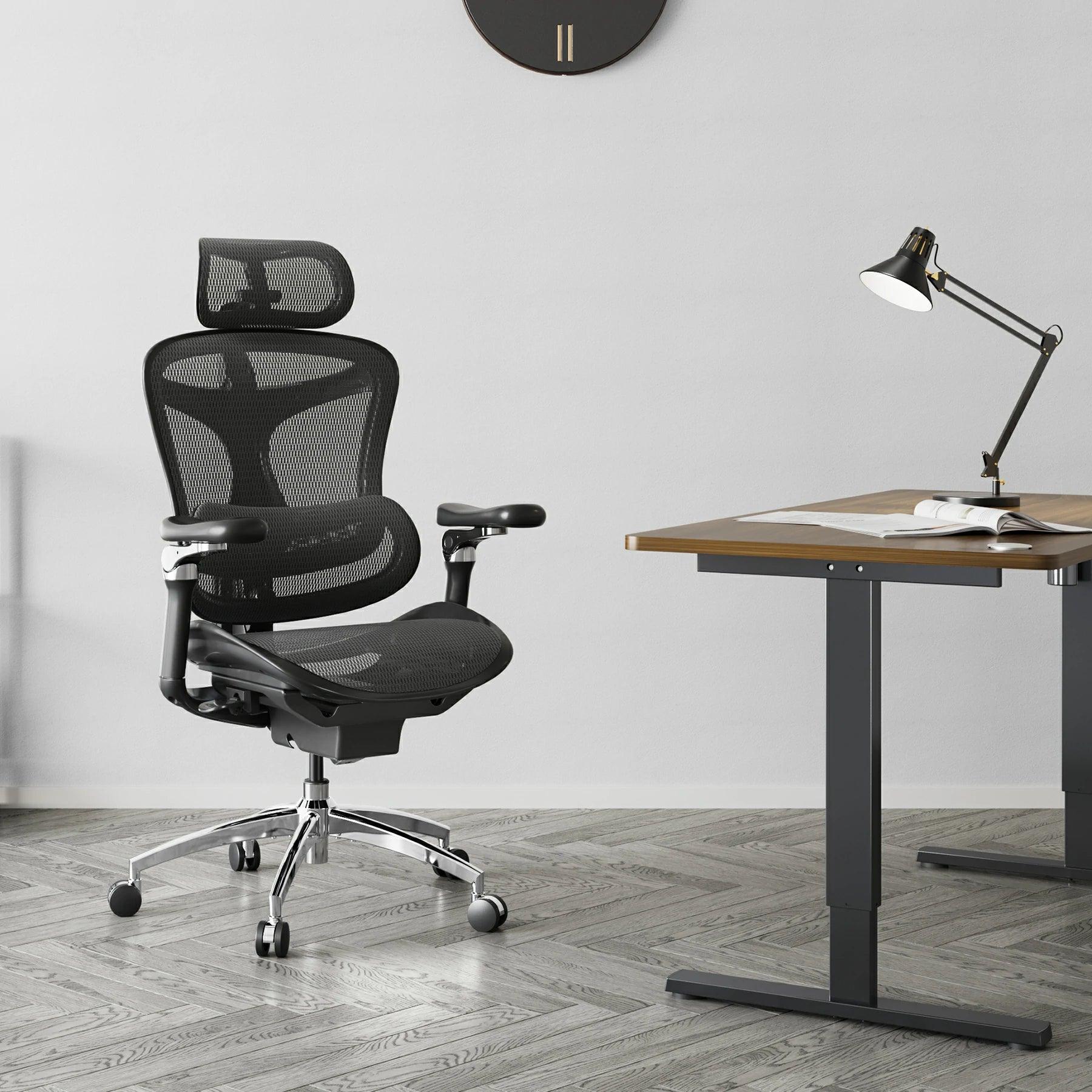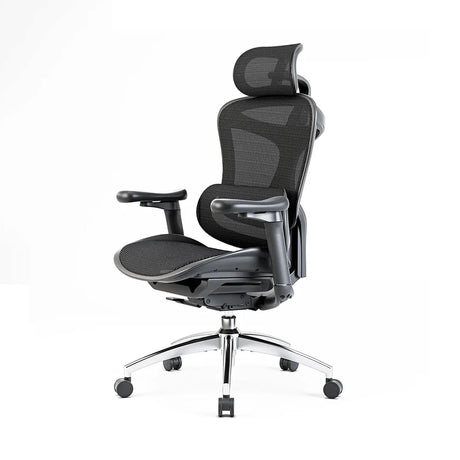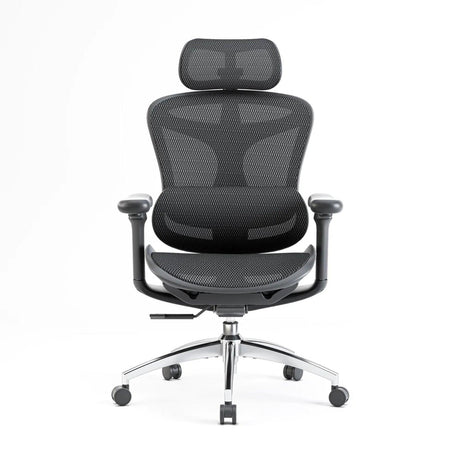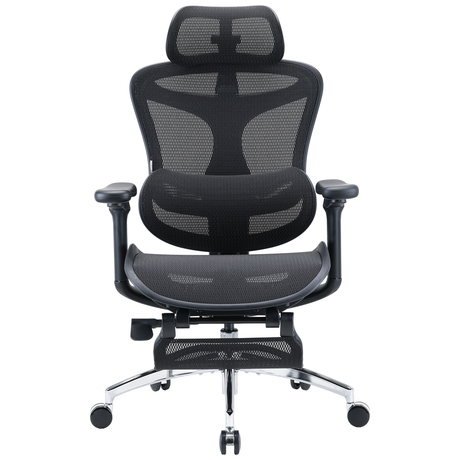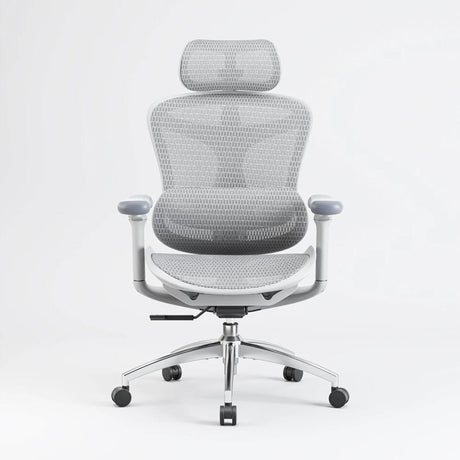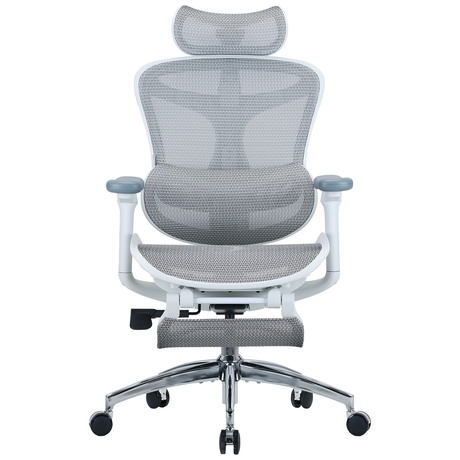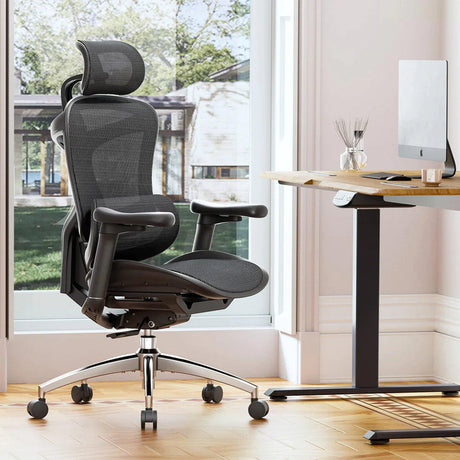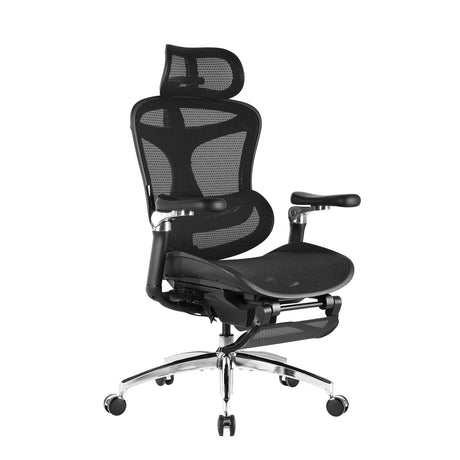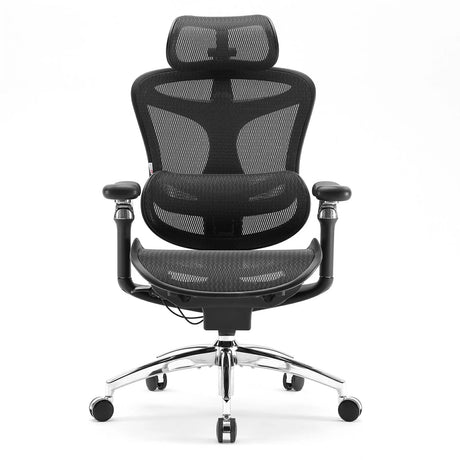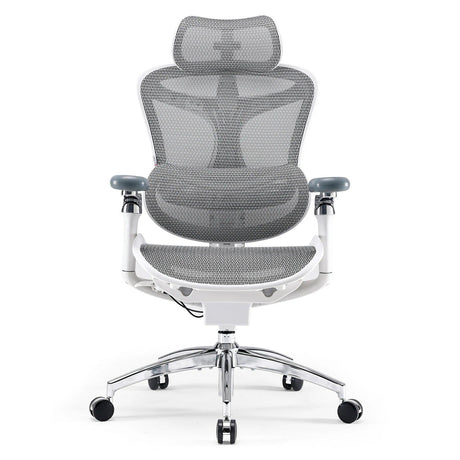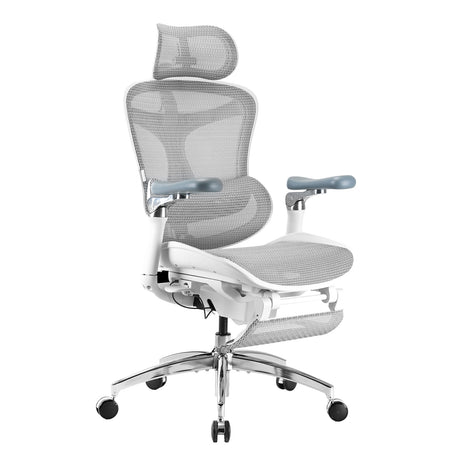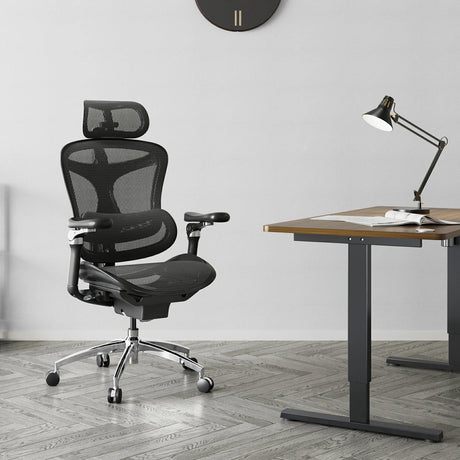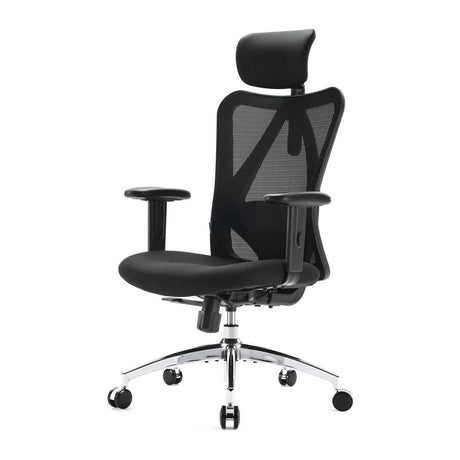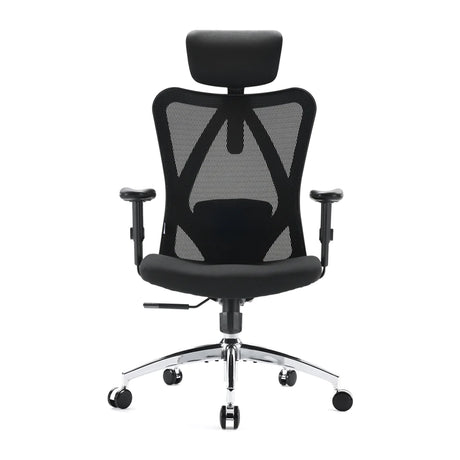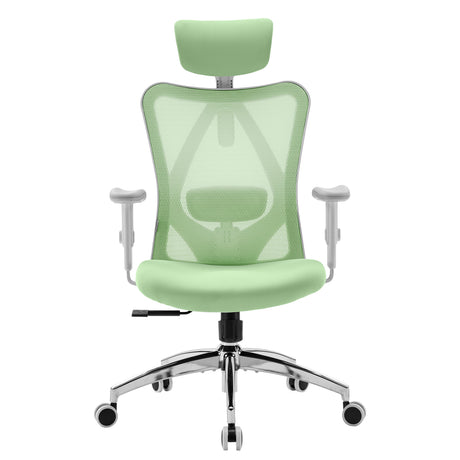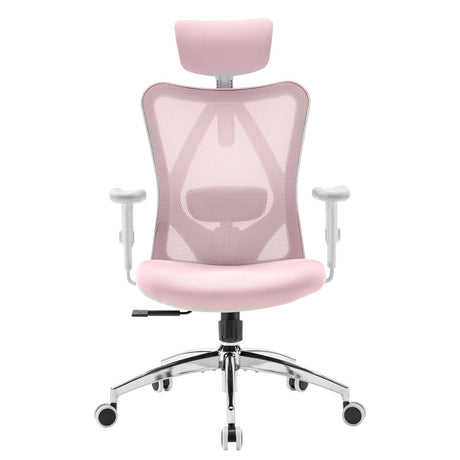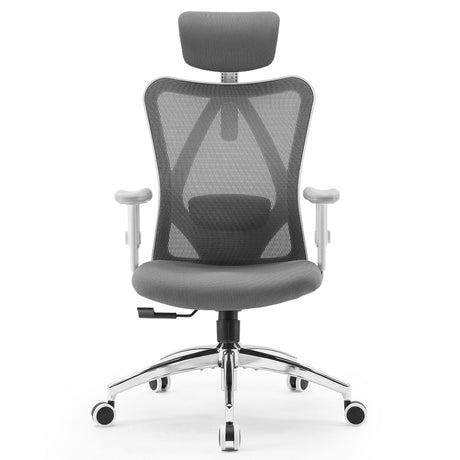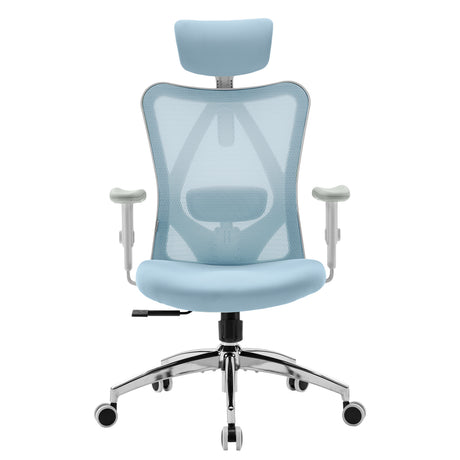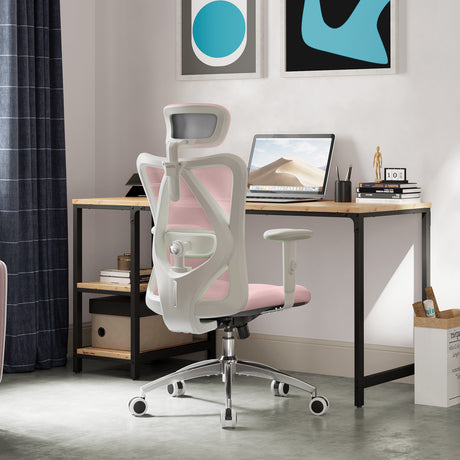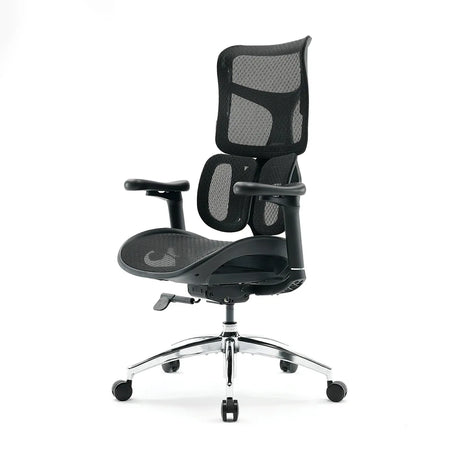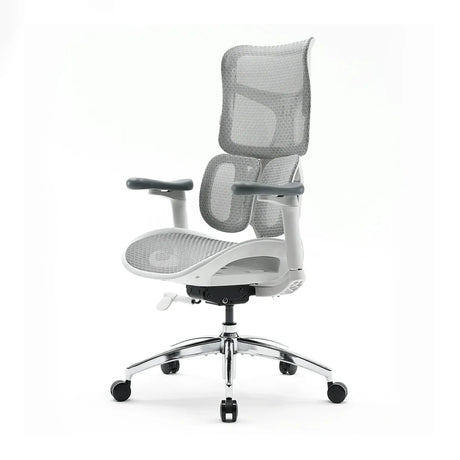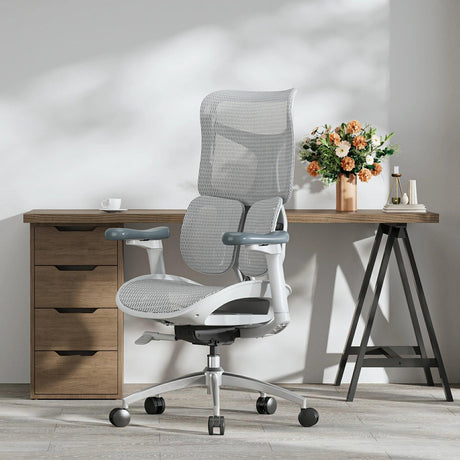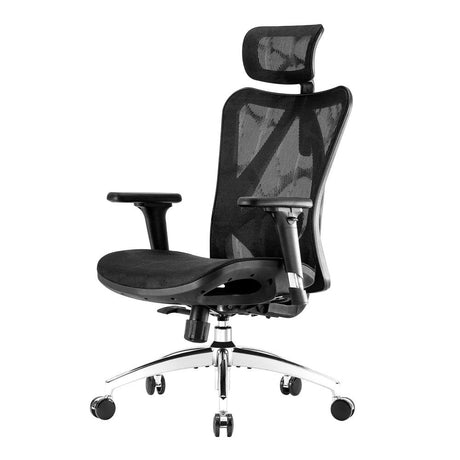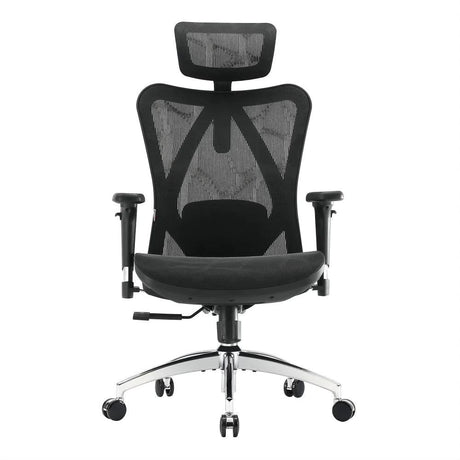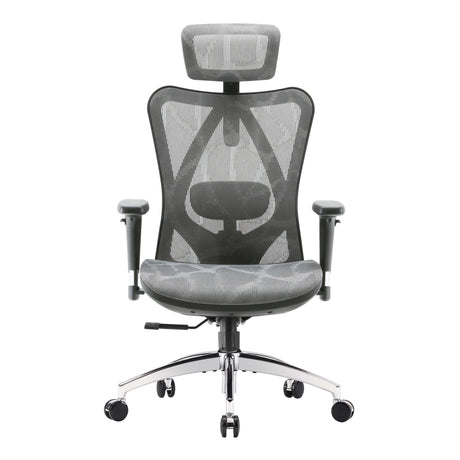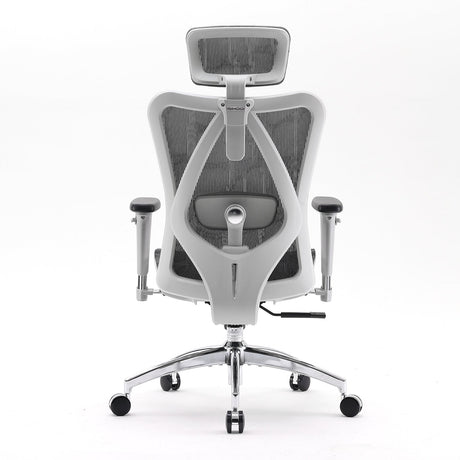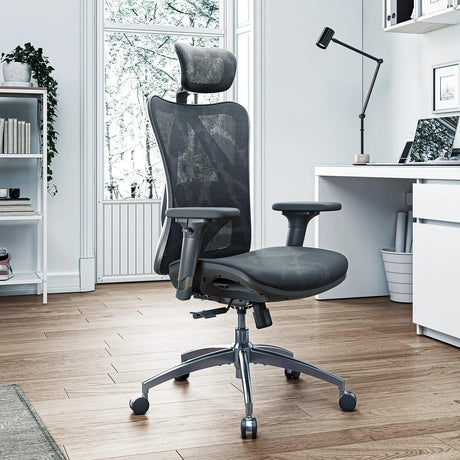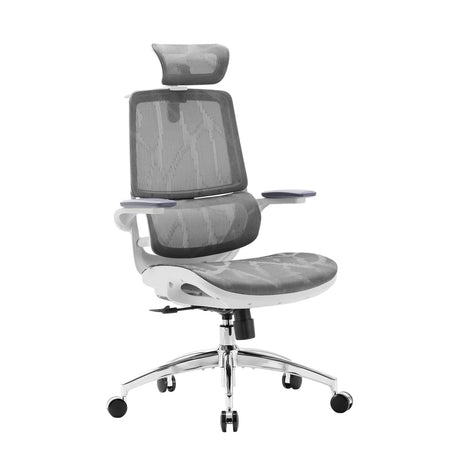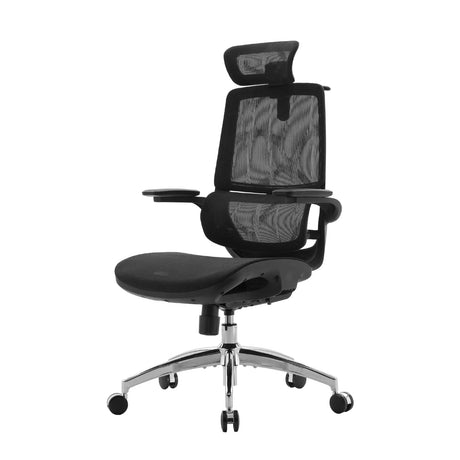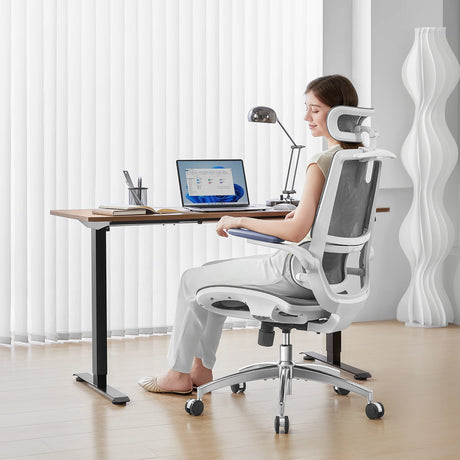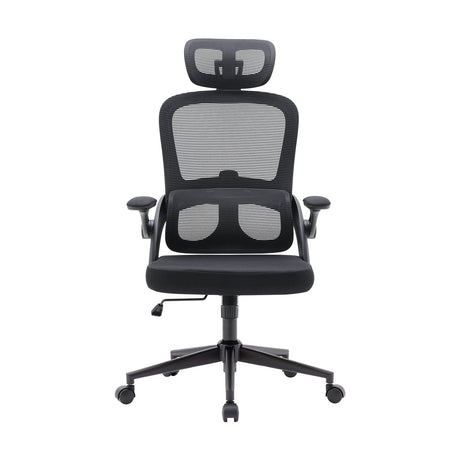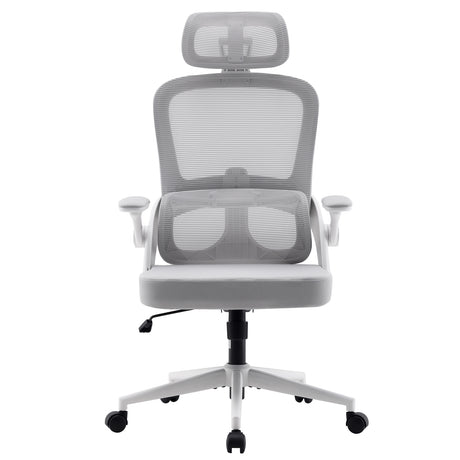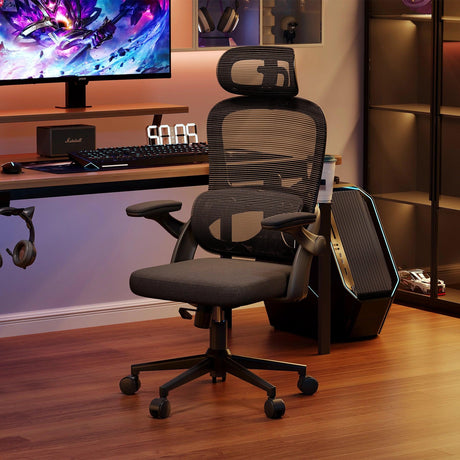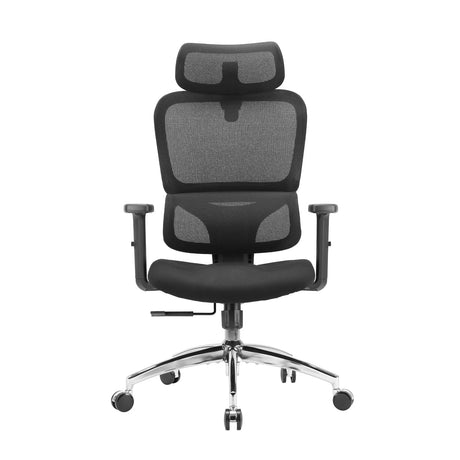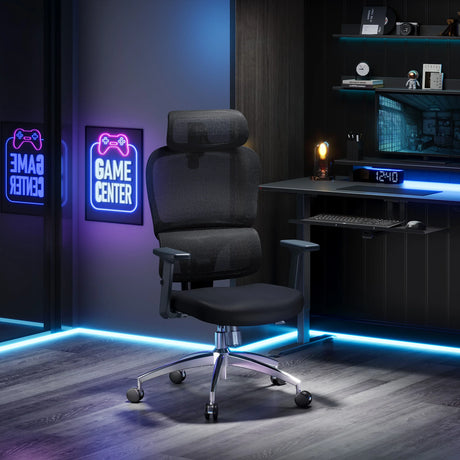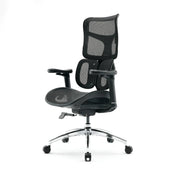When most of us think about sitting cross-legged, or what’s playfully called “criss-cross applesauce,” we imagine children in classrooms or adults on yoga mats. But increasingly, many people enjoy sitting cross-legged in office chairs, gaming chairs, or even dining chairs. This posture feels natural, grounding, and relaxing. Yet, not every chair is designed to accommodate this style of sitting.
For those who want to enjoy the benefits of cross-legged sitting while also protecting their posture and spine, choosing the right chair becomes essential. One chair that stands out in this context is the Sihoo Doro C300 Pro—an ergonomic masterpiece that offers flexibility, lumbar support, and spacious seating that makes cross-legged sitting not only possible but comfortable for hours.
Why Do People Sit Cross-Legged in Chairs?
Sitting positions are deeply personal. Some people instinctively tuck one leg under the other when they sit, while others fold both legs and balance themselves criss-cross. Here are a few reasons why this posture is so common:
-
Comfort and Habit
Many people feel more relaxed with their legs drawn in. This habit can start in childhood—think about sitting on the floor in school or at story time—and simply carries into adulthood. -
Grounded Feeling
Cross-legged sitting mimics floor-sitting traditions found in cultures worldwide. It gives people a sense of stability and “anchored” presence, often used in meditation and yoga practices. -
Space and Movement
Chairs often feel too rigid when you sit in a standard 90-degree posture. Crossing legs adds variety, which can prevent restlessness and give the body small adjustments throughout the day. -
Expression of Personality
Sitting cross-legged is informal. People who sit this way often see it as an expression of creativity, independence, or comfort with their surroundings.
The Benefits of Sitting Cross-Legged (“Criss-Cross Applesauce”)
Surprisingly, sitting cross-legged offers several potential benefits—if done in moderation and with the right support.
1. Promotes Flexibility
Cross-legged sitting stretches the hips, knees, and ankles. Over time, this position helps maintain joint mobility and reduces stiffness that comes from sitting in rigid postures.
2. Encourages Core Engagement
To stay balanced, your body activates core muscles when sitting cross-legged. This can lead to subtle strengthening over long periods compared to slouching in a standard chair posture.
3. Improves Circulation Awareness
People who cross their legs often change positions more frequently. This constant repositioning can prevent stagnant blood flow and encourage natural circulation.
4. Enhances Mind-Body Connection
The posture is widely used in meditation and mindfulness practices. Sitting cross-legged in a chair can recreate this mental focus, helping reduce stress during work or study.
5. Feels More Relaxed
At a psychological level, cross-legged sitting feels casual and safe. Many people report they think more creatively or feel more “themselves” when they sit this way.

The Downsides and Risks of Sitting Cross-Legged
While sitting cross-legged has its charm, it’s not without risks. Extended periods in this position may cause discomfort or strain.
-
Hip and Knee Stress
Sitting with legs folded can strain the hips and knees, especially for those with joint issues or limited flexibility. -
Posture Imbalances
Cross-legged sitting sometimes encourages slouching or leaning to one side, which can lead to uneven spinal loading. -
Reduced Circulation
If you stay too long in this position, circulation to the lower legs can be restricted, leading to tingling or numbness. -
Not Always Office-Friendly
Traditional office chairs with small seats or rigid armrests don’t leave enough room for this posture, causing discomfort or awkward body positioning.
The good news? With the right chair—especially one designed with ergonomic flexibility—many of these risks can be minimized.
What Makes a Chair Good for Sitting Cross-Legged?
Not every chair is built for cross-legged comfort. Here are the key features you need:
1. Wide, Supportive Seat
A narrow seat won’t leave enough room for folded legs. A broader, cushioned seat with proper depth is essential.
2. Strong Lumbar Support
Even when sitting cross-legged, your spine needs support. Dynamic lumbar systems adapt to posture shifts and keep the lower back protected.
3. Flexible Backrest
A backrest that adjusts with your body prevents slouching and reduces pressure on the spine.
4. Adjustable Armrests
Armrests that can be moved out of the way make it easier to sit cross-legged without feeling trapped.
5. Breathable Materials
Since cross-legged sitting increases body contact with the seat, breathable mesh or fabrics prevent overheating.
6. Durability and Stability
Cross-legged sitting shifts body weight unevenly at times. A strong, stable chair ensures you stay balanced and safe.
Why the Sihoo Doro C300 Pro is Perfect for Cross-Legged Sitting
Among ergonomic chairs, the Sihoo Doro C300 Pro stands out as an ideal choice for those who enjoy sitting cross-legged. Let’s break down why.
1. Spacious Cushion with Seat Depth Adjustment
The C300 Pro offers a wider and deeper cushion compared to many office chairs. Its seat depth adjustment means you can create the perfect balance—either maximize legroom for criss-cross sitting or pull it in for traditional posture.
2. Dynamic Lumbar Support
This chair’s self-adaptive lumbar system ensures your lower back is always supported, no matter how you shift. Whether you lean back with crossed legs or sit upright, the lumbar design “follows” your posture.
3. 6D Coordinated Armrests
The armrests move in six directions, allowing you to tuck them down, forward, or completely out of the way. This flexibility is crucial for creating the open space needed to comfortably cross your legs.
4. Breathable Mesh Backrest
The mesh design promotes airflow, which keeps you cool during longer sessions of folded-leg sitting. Unlike leather chairs, you won’t overheat or sweat in this posture.
5. Stable Base and Chassis Control
The smart weight-sensing chassis distributes body weight evenly—even when you’re sitting cross-legged. With a single-handle control system, you can adjust recline tension or lock positions easily.
6. Built for All Sizes
Many chairs fail to support taller or smaller individuals equally. The Sihoo Doro C300 Pro adapts well to a wide range of body types, ensuring that anyone can comfortably sit cross-legged.
Sihoo Doro C300 Pro
Tips for Healthy Cross-Legged Sitting
Even with a chair like the C300 Pro, balance is key. Here are some tips to make the most of your “criss-cross applesauce” habit:
-
Switch Postures Frequently
Don’t stay cross-legged for hours. Alternate with feet flat on the ground or one leg crossed at a time. -
Engage Core Muscles
Keep your back straight and core slightly engaged to prevent slouching. -
Stretch Often
Incorporate hip, hamstring, and ankle stretches into your routine to counterbalance long sitting sessions. -
Adjust Chair Settings
Use the seat depth and armrest adjustments on the C300 Pro to find your perfect balance. -
Listen to Your Body
If your knees, hips, or back feel uncomfortable, shift positions or stand up for a few minutes.
Cultural and Lifestyle Connections
Sitting cross-legged in chairs isn’t just about comfort—it’s tied to culture and lifestyle.
- Yoga & Meditation: The lotus and half-lotus positions are central to meditation. Sitting cross-legged in a chair can mimic this practice during a work break.
- Global Traditions: In Japan, India, and many Middle Eastern countries, floor seating is traditional. Bringing this posture to a chair feels like blending modern ergonomics with timeless practices.
- Creative Workspaces: Writers, designers, and gamers often sit cross-legged when deeply focused. A chair like the C300 Pro supports this flow state.
Sihoo Doro C300 Pro vs. Other Chairs for Cross-Legged Sitting
Let’s compare briefly:
- Standard Office Chairs: Too narrow, rigid armrests, minimal lumbar support. Not ideal.
- Gaming Chairs: Often bulky and heavily cushioned, but not breathable or wide enough for folded legs.
- Cheap Mesh Chairs: Breathable, but usually lack seat depth and dynamic lumbar features.
- Sihoo Doro C300 Pro: Wide, adjustable, breathable, dynamic lumbar, and built for posture shifts.
Clearly, the C300 Pro stands out for cross-legged comfort.
Long-Term Benefits of Using the Right Chair
By combining cross-legged sitting with ergonomic support, you can enjoy:
- Less back pain from poor posture
- Better flexibility and joint health
- Enhanced focus and productivity
- Greater comfort during long work or gaming sessions
Over months and years, this can make a huge difference in your health and well-being.
Conclusion
Sitting cross-legged—or “criss-cross applesauce”—in a chair is more than just a quirky posture. It’s a natural, comfortable, and deeply cultural way of sitting that many people love. However, to enjoy it without risking your posture or circulation, you need the right chair.
The Sihoo Doro C300 Pro is one of the best choices on the market for this style of sitting. Its wide, adjustable seat, dynamic lumbar support, 6D armrests, breathable mesh, and stable design make it perfect for those who like to fold their legs in comfort.
Whether you’re working, gaming, or meditating at your desk, this chair allows you to sit the way you want—while still protecting your body for the long run.
So next time you find yourself naturally crossing your legs in a chair, don’t fight it—embrace it. And with the Sihoo Doro C300 Pro, you can do so in ergonomic comfort.

